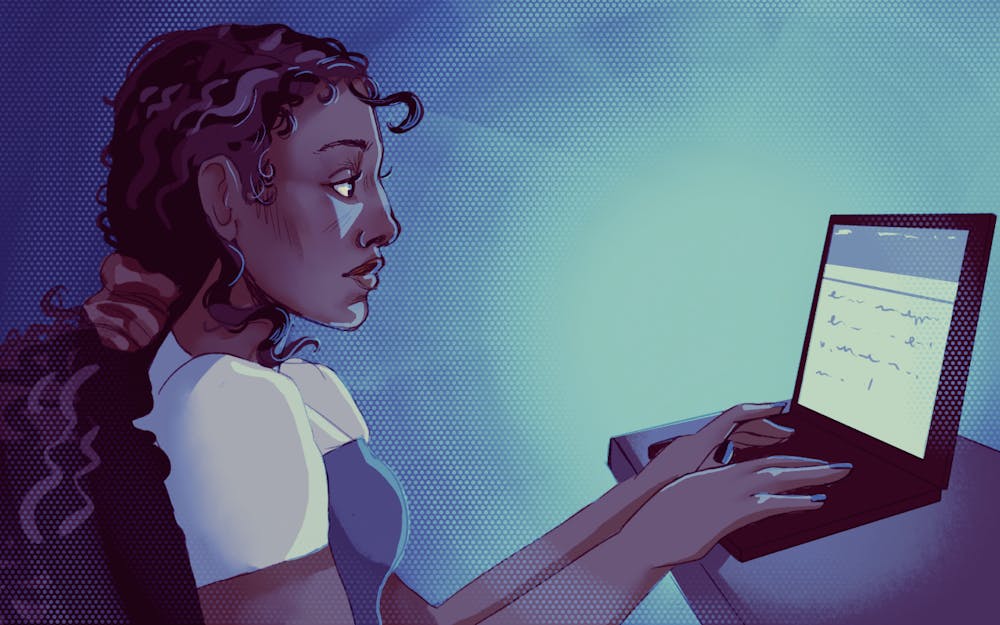Schools in the Monroe County Community School Corporation were forced to move classes online April 13 due to teacher shortages.
The Indiana State Teachers Association held a “Pack the Statehouse” event that Thursday, where hundreds of teachers from across the state gathered to chant their disapproval over education bills introduced in the 2023 session.
Indiana Senate Bill 486 and House Bill 1608 were especially condemned.
According to the IndyStar, the non-specific language of SB 486 actually means the bill would allow school administrators to skip discussing topics such as curriculum, class size and safety with union representatives.
HB 1608 prohibits instruction on human sexuality through the third grade, prompting the argument from educators and LGBTQ activists that it silences the LGBTQ community by ignoring the group’s history and importance.
HB 1608 also states that minors who request to be called by a different name or pronoun must be reported to at least one parent, which potentially puts transgender or nonbinary students at risk to non-accepting parents.
In addition to these heavily contested bills, teachers rallied to demand lawmakers to address the lack of public school funding as well as historic teacher shortages. The shortage of substitutes made it impossible for MCCSC teachers to rally without worrying about who would be left to conduct class.
According to an article from Indiana Public Media, MCCSC Superintendent Jeff Hauswald reported more than half the corporation’s teachers requested a substitute in order to attend the rally.
Since the beginning of the COVID-19 pandemic, schools have been forced to streamline their online resources and methods of online class. Asynchronous modules, recorded lectures and online quizzes have become part of the common vocabulary.
But studies show this switch to online learning is having a distressing effect on some students — especially students of color.
Nidhee Patel, an IU junior majoring in neuroscience and journalism, said that for students like her and her younger brother, there are often complications to e-learning that white students don’t usually face.
“I know it’s really different from white kids,” she said. “Doing school through home, especially when COVID happened, was kind of difficult because I feel like peoples’ background and where they come from can really affect their ability to concentrate on the material that they’re learning.”
Research from the Urban Institute found household factors that can impede learning to be more common in households of people of color. Factors including linguistic isolation, living in crowded conditions, poverty and living without access to a computer were much more common among students of color, with Black, Hispanic and Native American students more than twice as likely to live in poverty. 19 percent of white students were found to live in household with no internet or computer, while Native American households were more than twice as likely to. Black and Hispanic households were 16 percent more likely to.
Patel said that, on the other side of the screen, there’s often a host of other issues students are dealing with.
“Especially if you’re POC, you may be having to help around the house in a different way than other people might have to,” she said. “I know sometimes you just have other responsibilities, and you can’t fully concentrate on the education portion of your e-learning day.”
Julia Molina, an IU freshman studying neuroscience, said the teacher shortage is likely to adversely affect students of color especially.
“If you can’t find any teachers, you’re not going to go out and look for teachers more qualified to teach your population,” she said. “So it’s going to be tougher to find anybody that’s willing to put in the work to learn, really, how to treat people of color they’ve never really interacted with.”
As e-learning days are continually relied on as an alternate means of education, it will become more important than ever to monitor educational disparities in the U.S., especially when it comes to low-income students and students of color.






